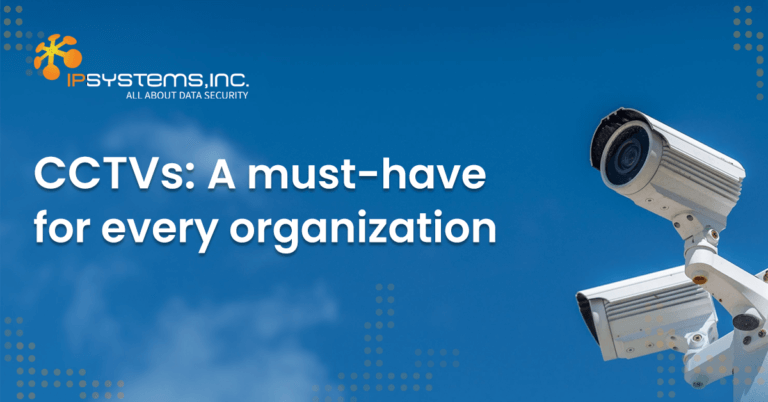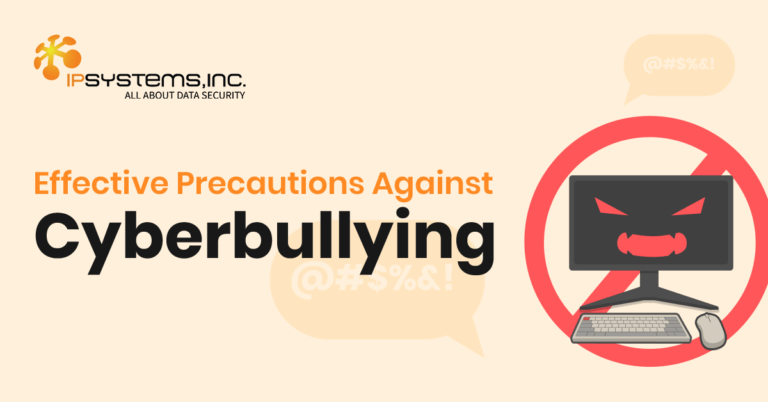
Innovating your Business with Green Data Centers
Blog: Innovating your Business with Green Data Centers Data centers are centralized facilities equipped with essential hardware like servers, storage devices, and networking equipment.
Cybersecurity experts often refer to employees as one of the weakest links in your organization’s defenses against cybercriminals. However, if they receive the right training and education in cybersecurity, data protection, and ever-evolving threats, they can be a part of the solution. Think about it, if they don’t know what the threats are, how can they be expected to avoid it and report it? Surely, they can’t.
A 2019 IT Security Survey reveals that employee training is one of the top problems faced by IT security professionals. In addition to that, statistics shows that more than 30% of employees don’t even know what phishing or malware is. This is the reason why scams sent via email can result in losses amounting to billions for a company.
Your employees need cybersecurity training not only to protect themselves but also the company against cyber attacks. By making employees aware of security threats, how they might present, and what procedures to follow when a threat is identified, you’re creating a foolproof defense against malicious actors and their sophisticated attack techniques.
This might seem like common knowledge, but it is no secret that human error accounts for 95% of successful cyber attacks. Therefore, business executives and managers should keep in mind that hackers just don’t target their IT departments and attack by brute force, these cybercriminals go after vulnerabilities – and these vulnerabilities can also include your employees.
With this information, it is important to first assess the cybersecurity skills of your workforce and understand the responsibility of every role in the company. This means that anyone using a computer should know how to distinguish phishing schemes and social engineering attacks against legitimate emails, websites, texts, and more. Then, you must first look at the current state of your security strategy to see the gaps and identify where to focus first. These steps are very important before you start to implement a training scheme at your organization.
Not all cybersecurity awareness training providers are the same – or even right for your organization. Finding a vendor that matches your organization’s security needs, policies, and goals is essential in achieving long-term training success. Hence, you must ensure that they have the ability to engage your employees, the courses they offer are relevant to your organization or can even be tailored for your training needs now and, in the future, and the way that the training is delivered – is it online or face to face? Lastly, of course, they must offer competitive pricing and not try to over-sell their products and services. Remember that if you are pushing too much content to your workforce, they might be overloaded with information which can cause them to become numb to the intent of the training.
Now that you know why you need cybersecurity training for your employees, and what to look for in a training provider, it’s now time to have an idea of the important topics that should be included during discussions.
For your workforce to effectively spot and prevent security breaches, they must have a basic education in the different ways that cybersecurity threats can present themselves and attack them. For the most part, this includes spam, phishing, malware and ransomware, and social engineering. To start, it is important to explain to them that spam isn’t only found in emails but also in social media messages and invitation. You should also provide examples or simulations of real phishing scams to help them understand what a fake email looks like, where it comes from, and the information that it might ask for. What’s more, they should also be taught on how social engineering works and how they can be tricked by it into handing over their personal data.
Passwords are your first layer of defense against hackers. Today, we need these combinations of numbers, letters, and special characters to unlock our devices and login to our personal and work accounts. Which is why, password hacking is one of the most common ways that cybercriminals do to gain access into your organization. These malicious actors know that most people set generic passwords, so they won’t forget it, which makes it extremely easy for them to get in. This is the reason why your training should help employees understand how important passwords are and how to create a strong one.
You should take this training as an opportunity to help employees become aware of unexplained errors, spam content, and legitimate antivirus warnings. Your employees are your eyes and ears on the ground, and every device they use, email they open, and websites they visit may affect your security. Therefore, it is imperative to educate them on the process that they should follow when reporting these threats, as well as the right people to talk to about suspicions of a cyber attack.
As cybersecurity solutions integrate new technologies in its features, new threats are also constantly emerging. Therefore, it’s not only necessary but crucial for employee training to be ongoing. It should be a continuous process for everyone; and employees need to be tested on what they learned. If not, there may be long-lasting business-related ramifications.
If you’re searching for cybersecurity training for your organization, a program that goes beyond security awareness and considers your employees’ skills and roles is your best choice. Learn more about IPSYSTEMS’ Cybersecurity Awareness Program today.



Blog: Innovating your Business with Green Data Centers Data centers are centralized facilities equipped with essential hardware like servers, storage devices, and networking equipment.

Blog: CCTVs: A must-have for every organization Nearly every business and organization, regardless of size, has already implemented CCTV Services within their premises because

Blog: Combating Bullying in Digital Classrooms: Empowering Students for a Safer Learning Environment Bullying is a pervasive issue that inflicts emotional, psychological, and physical

Established in 2007, IPSYSTEMS, Inc. is a trusted and valued cybersecurity and IT distributor in the Philippines. It has solutions specifically focused on IT Infrastructure Security, Secure Remote Access and Monitoring, and Email and Data Security.